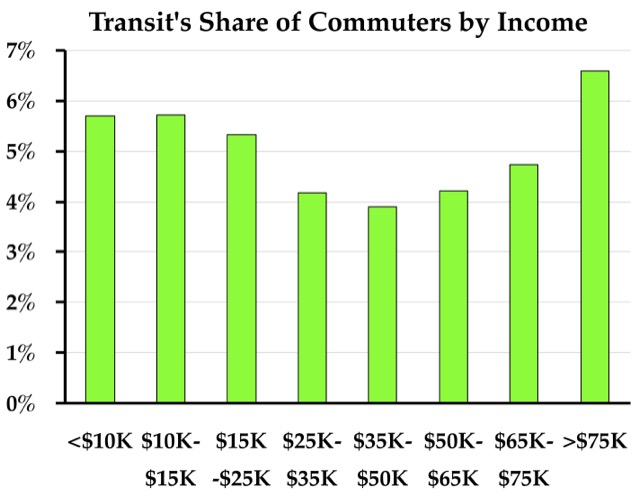Urban planners predicted that Millennials would prefer renting apartments in dense cities over owning homes in low-density suburbs. So they told regional governments to restrict low-density development and promote high-density housing instead. Now, Millennials are 18 percent less likely to own homes than their parents did when their parents were young: in 1990, 45 percent of 25-34-year-olds owned their own homes; by 2015, it was just 37 percent.
Were urban planners correct? No, says a report from the Urban Land Institute. Instead, Millennials just prefer to live in expensive cities, and that has depressed their homeownership rates.
I don’t think the report is quite right. According to the American Community Survey’s table S0101, which breaks down population by age groups, Millennials a little more attracted to large urban areas than others, but the difference isn’t enough to account for an 18 percent decline in homeownership rates. The data show that 13.7 percent of Americans are Millennials (which the Urban Institute defined as ages 25 to 34 in 2015), while Millennials make up 15.1 percent of urban areas of 1 million people or more. That’s a significant difference, but certainly not enough to reduce homeownership by 18 percent by itself. Continue reading









